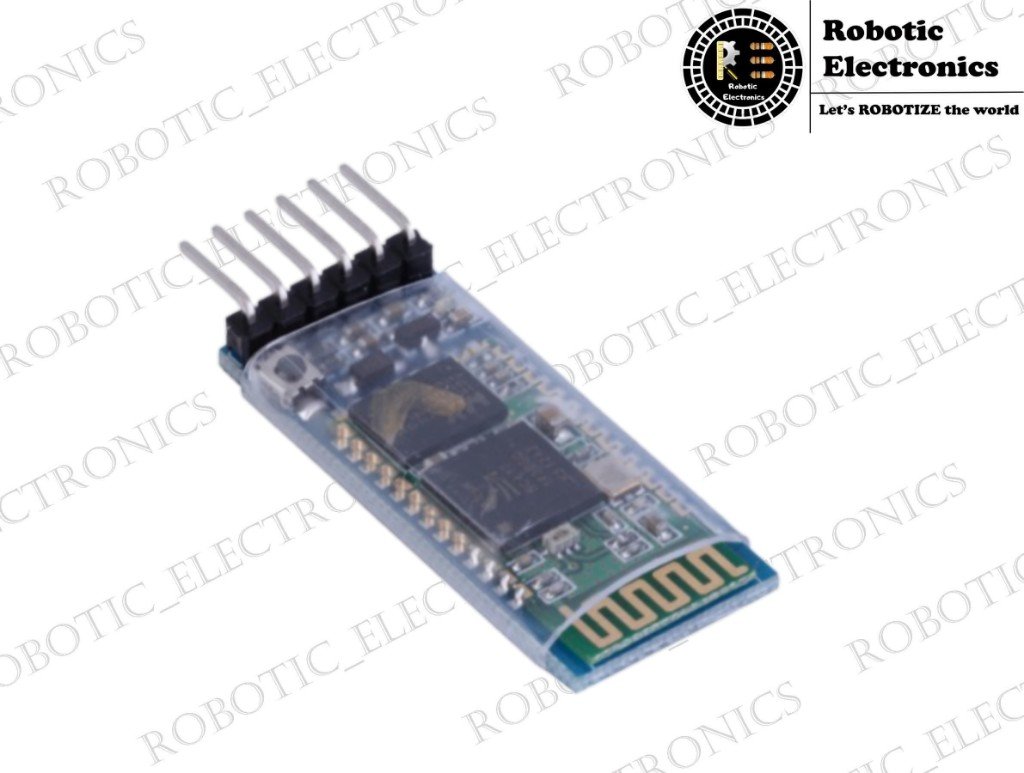MOTOR DRIVER INTERFACING WITH ARDUINO
MOTOR DRIVER INTERFACING WITH ARDUINO A motor driver is an electronic component that uses the principle of H-bridge to control the output voltage and the direction of rotation of the motor. An L298N (motor driver) consists of four output pins, four input pins, three power pins and two pairs of enabling pins as shown in …



